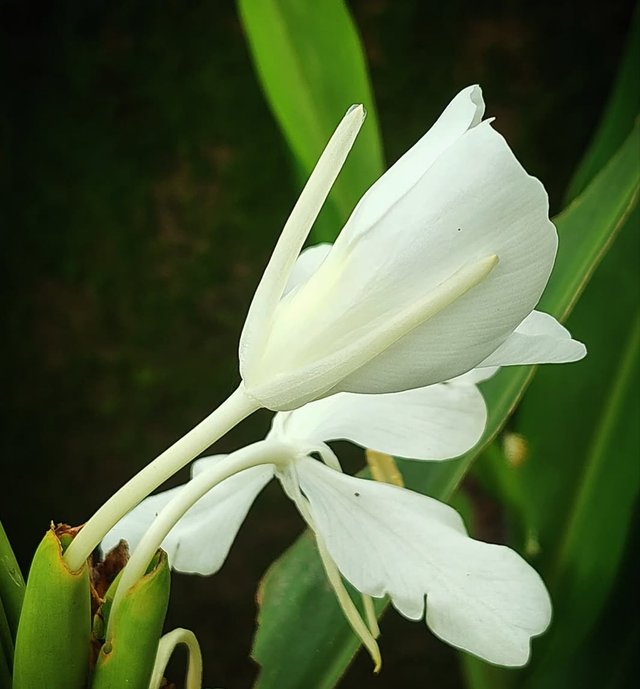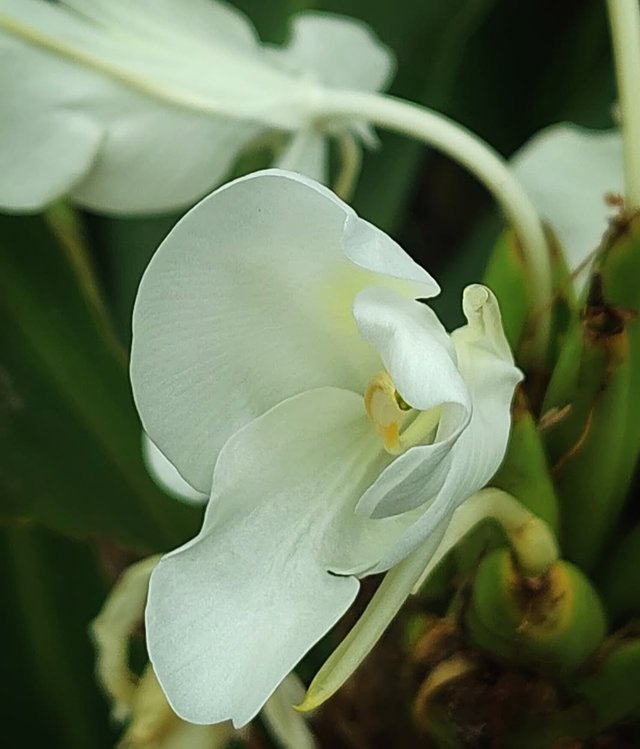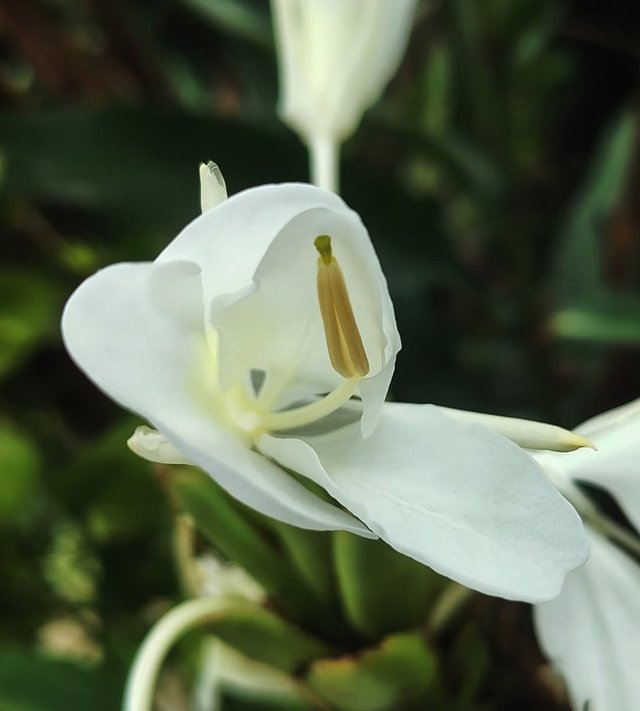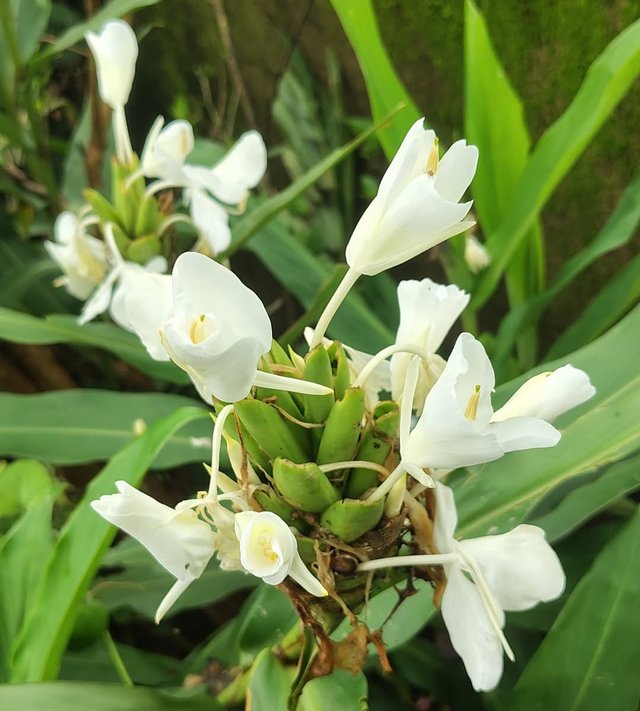White Colour Hedychium Coronarium Flower
Hedychium coronarium: The Fragrant White Ginger Lily
Hedychium coronarium, commonly known as white ginger lily, butterfly ginger, or garland flower, is an enchanting perennial plant prized for its lush foliage, exotic flowers, and intoxicating fragrance. Belonging to the Zingiberaceae family, this species is native to the Himalayan regions of India, Nepal, and Bhutan but has traveled far beyond its origins to thrive in tropical and subtropical climates worldwide.
Botanical Description
White ginger lily is a rhizomatous herbaceous plant that can grow up to 1.5–2 meters tall. Its robust, reed-like stems are adorned with long, lance-shaped green leaves that create a dense, tropical appearance. The plant’s crowning glory is its delicate, snow-white blossoms, which resemble fluttering butterflies—hence the name “butterfly ginger.” The flowers are borne in terminal spikes and open gradually, releasing a sweet, jasmine-like aroma, especially in the evening.
Habitat and Distribution
Hedychium coronarium thrives in moist, well-drained soils and favors partially shaded to sunny spots. In its native Himalayan environment, it grows along riverbanks, forest edges, and damp meadows. Today, it is naturalized in many tropical and subtropical regions, including Hawaii, the Caribbean, Central America, and parts of Africa. In Hawaii, the plant is called ʻawapuhi keʻokeʻo and is used in traditional lei-making and cultural ceremonies.
Cultural and Historical Significance
The white ginger lily holds cultural value in several regions:
Hawaii: Used in leis and hula traditions, symbolizing purity and grace.
India: Appreciated for its ornamental beauty and occasionally used in religious offerings.
South America: In Brazil, the flower is known as lírio-do-brejo and is admired for its lush appearance.
Its introduction as an ornamental plant has led to its establishment in many gardens worldwide. However, in some places like Hawaii and parts of South America, it is considered invasive due to its rapid spread via underground rhizomes.




